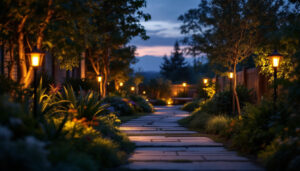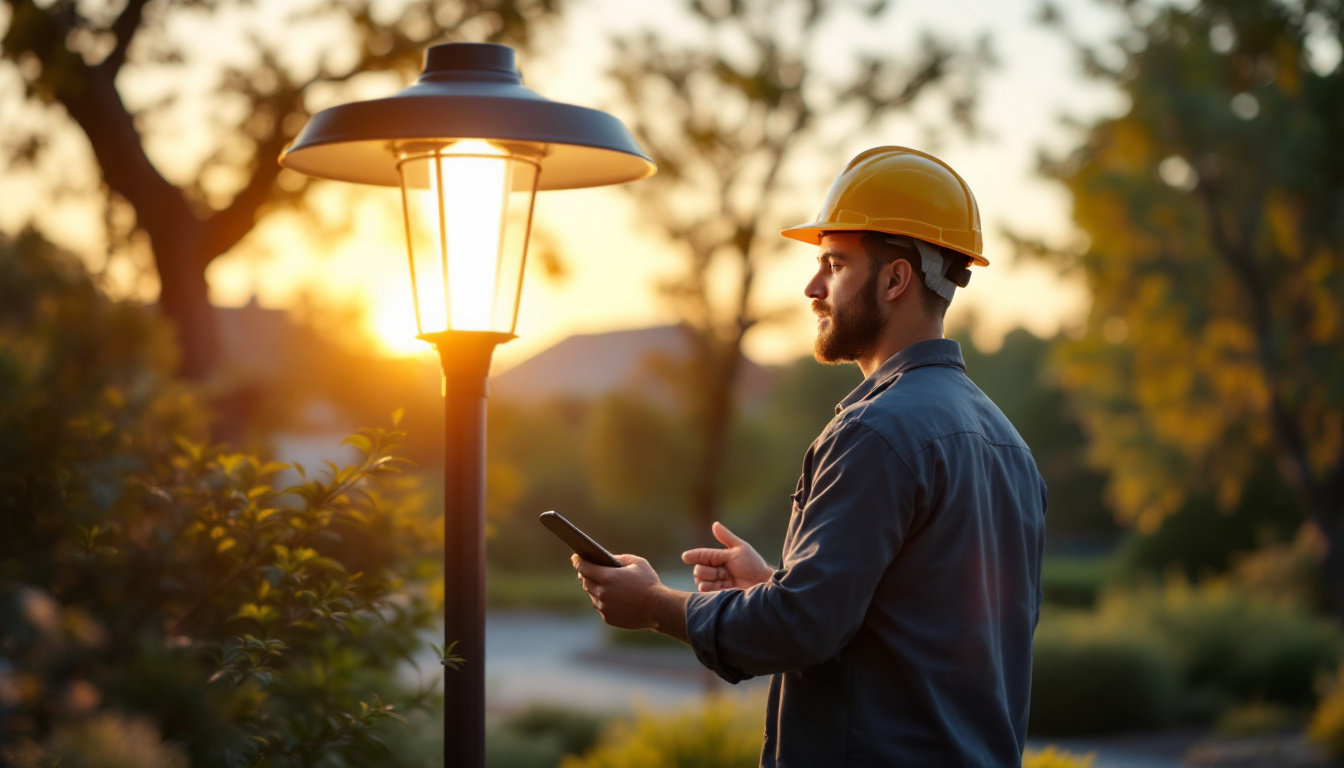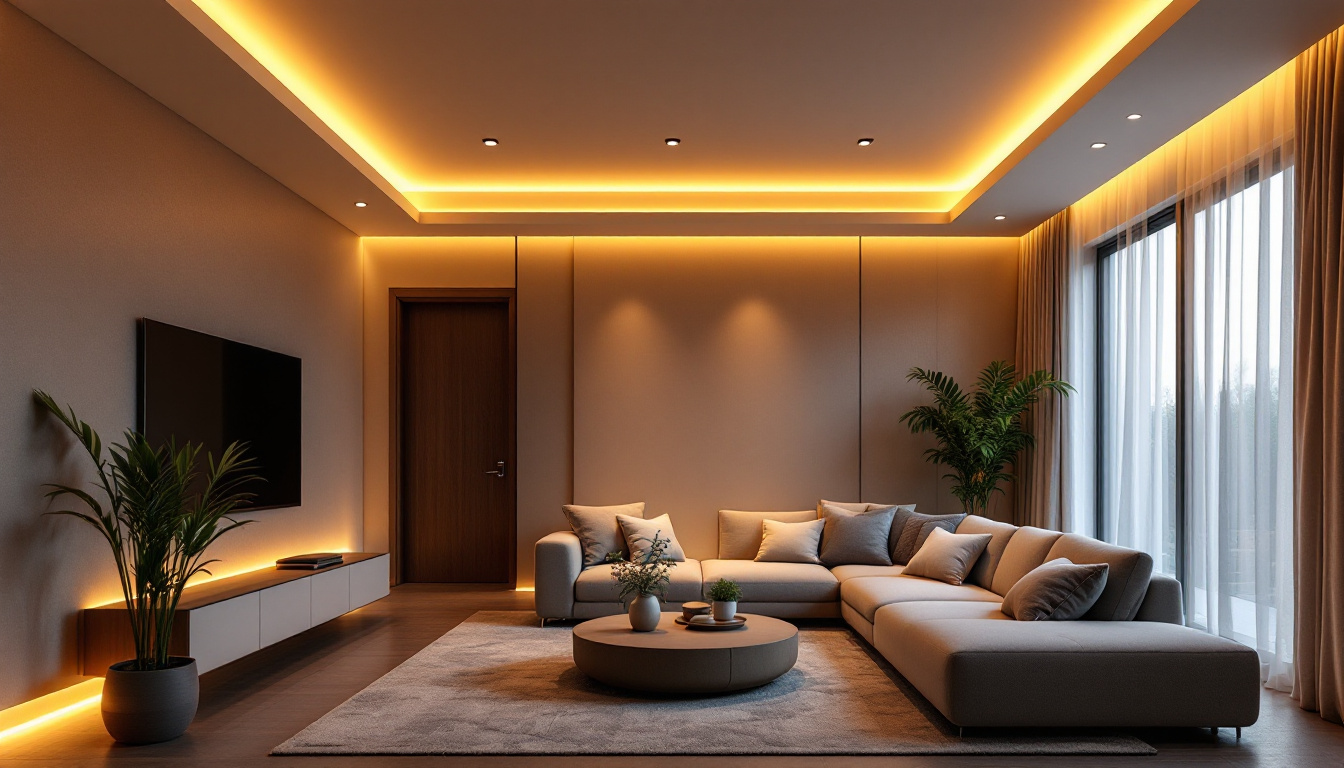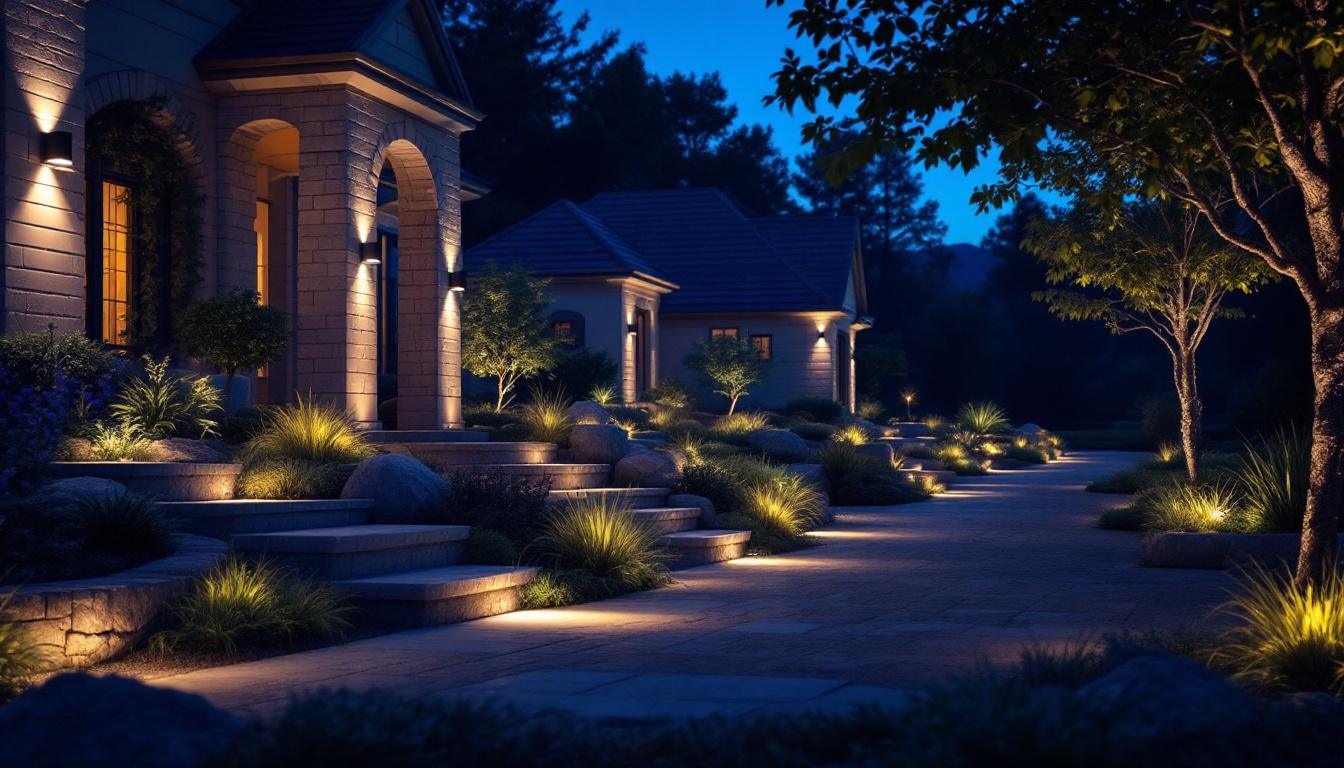

outdoor LED lamps: Compliance, What Lighting Contractors Need to Know
As the demand for energy-efficient lighting continues to rise, outdoor LED lamps have become a popular choice for both residential and commercial applications. However, with this shift towards LED technology comes the need for lighting contractors to be aware of various compliance standards and regulations. This article aims to provide essential insights into what lighting contractors need to know about outdoor LED lamps, ensuring that installations meet both safety and performance standards.
Compliance standards are critical in ensuring that outdoor LED lamps are safe, effective, and environmentally friendly. These standards often vary by region and can encompass a range of factors including energy efficiency, safety, and environmental impact.
One of the primary compliance aspects for outdoor LED lamps is energy efficiency. Many regions have adopted regulations that mandate a minimum level of energy performance for lighting products. These regulations often align with initiatives aimed at reducing energy consumption and greenhouse gas emissions.
Lighting contractors should familiarize themselves with local energy codes and standards, such as the Energy Star program or the DesignLights Consortium (DLC) standards. Ensuring that the products used in installations meet these criteria not only helps in compliance but also enhances the overall value of the project. Additionally, many municipalities offer incentives or rebates for projects that utilize energy-efficient lighting solutions, further encouraging compliance and adoption of these standards.
Safety is paramount when it comes to outdoor lighting installations. Compliance with safety standards ensures that the products used are reliable and pose minimal risk to users. Organizations such as Underwriters Laboratories (UL) and the International Electrotechnical Commission (IEC) provide guidelines that outdoor LED lamps must meet.
Contractors should verify that the products they select have been tested and certified by recognized safety organizations. This not only protects the end-users but also shields contractors from potential liability issues that may arise from non-compliant installations. Furthermore, staying updated on the latest safety innovations and standards can empower contractors to recommend the safest and most reliable products to their clients, fostering trust and long-term relationships.
With increasing awareness of environmental issues, many regions have implemented regulations to minimize the ecological impact of lighting products. This includes restrictions on hazardous materials, such as mercury, and requirements for recyclability.
Lighting contractors should choose outdoor LED lamps that comply with environmental standards, such as RoHS (Restriction of Hazardous Substances) and WEEE (Waste Electrical and Electronic Equipment) directives. This commitment to sustainability can enhance a contractor’s reputation and appeal to environmentally conscious clients. Moreover, adopting eco-friendly practices not only contributes to a healthier planet but can also lead to cost savings in the long run, as energy-efficient lighting solutions often result in lower utility bills and reduced maintenance costs. By prioritizing sustainable options, contractors can position themselves as leaders in the industry, paving the way for future innovations and practices that align with global sustainability goals.
Beyond compliance, understanding best practices for the installation of outdoor LED lamps is crucial for ensuring optimal performance and longevity. Proper installation not only adheres to regulations but also enhances the functionality and aesthetic appeal of the lighting system.
Before installation, conducting a thorough site assessment is essential. This involves evaluating the area where the outdoor LED lamps will be installed, taking into consideration factors such as ambient light levels, existing infrastructure, and the specific needs of the client.
During the assessment, contractors should also consider the potential impact of weather conditions on the lighting fixtures. Selecting products that are rated for outdoor use and can withstand environmental challenges such as rain, snow, and extreme temperatures is vital for ensuring durability and performance. Additionally, assessing the surrounding landscape can help identify any potential obstructions that may cast shadows or interfere with the light distribution, ensuring that the lighting design achieves its intended purpose without hindrance.
Correct mounting techniques are critical for maximizing the effectiveness of outdoor LED lamps. Contractors should adhere to manufacturer guidelines regarding installation height, angle, and orientation to ensure that the light is distributed evenly and effectively.
Additionally, using appropriate mounting hardware and ensuring that all electrical connections are secure and weatherproof will help to prevent issues such as water ingress and electrical failures. This attention to detail can significantly impact the longevity and reliability of the lighting installation. Furthermore, considering the aesthetic aspects of mounting, such as selecting fixtures that complement the architectural style of the building or landscape, can enhance the overall visual appeal of the installation, creating a harmonious blend between functionality and design.
Electrical considerations are a key component of any outdoor lighting installation. Contractors must ensure that the wiring used is suitable for outdoor applications and complies with local electrical codes. This may include using weather-resistant cables and ensuring that all connections are properly insulated.
Furthermore, implementing appropriate circuit protection measures, such as fuses or circuit breakers, can help to safeguard the lighting system from power surges and other electrical issues. Properly designed electrical systems not only enhance safety but also improve the overall efficiency of the lighting installation. In addition, considering the integration of smart technology can elevate the functionality of outdoor lighting. Features such as motion sensors, timers, and remote control capabilities can optimize energy usage and provide added convenience, allowing users to customize their lighting experience based on specific needs and preferences.
With a plethora of outdoor LED lamps available in the market, selecting the right products can be a daunting task for lighting contractors. Understanding the features and specifications of these products is essential for making informed decisions. The rapid evolution of LED technology also means that staying updated on the latest innovations is crucial, as new products with enhanced efficiency and features are continually being introduced.
Light output, measured in lumens, is a critical factor to consider when choosing outdoor LED lamps. The required lumen output will vary depending on the application, such as pathway lighting, security lighting, or decorative lighting. For instance, pathway lighting typically requires a lower lumen output to create a soft glow that guides pedestrians, while security lighting demands higher lumens to ensure visibility and safety during nighttime hours.
Additionally, color temperature, measured in Kelvin (K), plays a significant role in the ambiance created by outdoor lighting. Warmer color temperatures (2700K-3000K) are often preferred for residential settings, while cooler temperatures (4000K-5000K) may be suitable for commercial applications. Understanding the client’s needs and the intended use of the space will guide the selection process. It’s also worth noting that color rendering index (CRI) can impact how colors appear under different lighting conditions, influencing the overall aesthetic of the outdoor environment.
Outdoor lighting fixtures are subject to various environmental conditions, making durability a key consideration. When selecting outdoor LED lamps, contractors should look for products that are rated for outdoor use and have a high ingress protection (IP) rating, indicating resistance to dust and water. Additionally, materials used in the construction of the fixtures—such as corrosion-resistant metals or UV-stabilized plastics—can significantly affect their longevity and performance in harsh weather conditions.
The lifespan of LED lamps is another important factor. High-quality LED products typically have a lifespan of 25,000 to 50,000 hours or more. Investing in durable products not only reduces the frequency of replacements but also enhances customer satisfaction. Furthermore, many manufacturers offer warranties that can provide peace of mind for contractors and clients alike, ensuring that the investment is protected against defects and performance issues over time.
As technology advances, many outdoor LED lamps now come equipped with smart features that enhance functionality and user experience. These features may include remote control, dimming capabilities, and integration with home automation systems. The ability to control lighting remotely via smartphone apps or voice-activated devices can significantly improve convenience for homeowners, allowing them to adjust settings from anywhere.
Contractors should consider the benefits of smart lighting solutions, particularly for clients interested in energy management and convenience. Educating clients about these options can lead to increased sales and customer satisfaction. Additionally, smart lighting systems can often be programmed to operate on schedules or respond to environmental changes, such as automatically turning on at dusk or adjusting brightness based on ambient light levels, which can further enhance energy efficiency and reduce electricity costs.
Proper maintenance of outdoor LED lamps is essential for ensuring their longevity and performance. Lighting contractors should provide clients with guidelines on how to care for their lighting systems post-installation.
Encouraging clients to conduct regular inspections of their outdoor lighting systems can help identify potential issues before they escalate. This includes checking for signs of wear, ensuring that fixtures are clean and free of debris, and verifying that all electrical connections remain secure.
Contractors can offer maintenance services or provide clients with a checklist to facilitate these inspections. This proactive approach can enhance client satisfaction and reduce the likelihood of costly repairs.
In some cases, outdoor LED lamps may require replacement parts or upgrades to maintain optimal performance. Contractors should be knowledgeable about the availability of replacement components and the process for upgrading existing systems.
Providing clients with options for upgrades, such as enhanced lighting controls or more efficient fixtures, can help to extend the life of the installation and improve overall satisfaction. Keeping clients informed about advancements in lighting technology can also position contractors as trusted experts in the field.
In conclusion, outdoor LED lamps present a wealth of opportunities for lighting contractors, but with these opportunities come responsibilities. Understanding compliance standards, installation best practices, product selection, and maintenance is essential for successful outdoor lighting projects.
By staying informed and proactive, lighting contractors can not only ensure compliance but also deliver high-quality installations that meet the needs of their clients. The shift towards outdoor LED lamps is not just a trend; it is a commitment to sustainability, efficiency, and innovation in the lighting industry.
Ready to elevate your outdoor lighting projects with compliance, efficiency, and innovation? Look no further than LumenWholesale for all your lighting needs. Our extensive selection of spec-grade lighting products ensures you adhere to the highest industry standards while benefiting from unbeatable wholesale prices. Say goodbye to inflated markups and hello to superior lighting solutions that fit your budget. Plus, with free shipping on bulk orders, you can enjoy premium lighting at the best value — all without hidden fees or compromises. Don’t miss out on the perfect blend of quality, affordability, and convenience. Wholesale Lighting at the Best Value is just a click away!

Discover essential tips for selecting LED lights for recessed lighting projects and learn how to sidestep common pitfalls.

Discover the ultimate guide to the best LED high bay shop lights and learn how to enhance your workspace with superior lighting solutions.

Discover essential tips and strategies for lighting contractors to prevent common pitfalls when installing light post bases.

Discover essential insights for lighting contractors in our comprehensive guide to landscape lighting.
Get notified when NEW deals are released.
Optimize your budget with wholesale discounts.
Only top-quality, specification-grade lighting products.
No additional costs at checkout - what you see is what you pay.
We understand the unique needs of contractors.